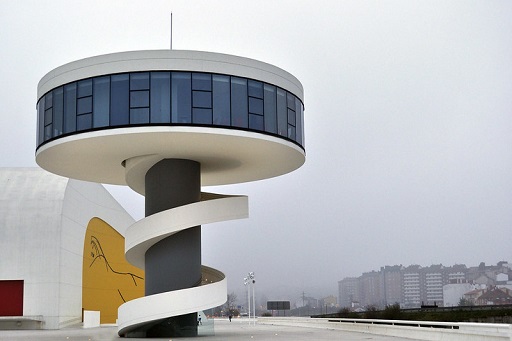
Niemeyer Cultural Center
Designed by the architect Óscar Niemeyer and donated by him to the autonomous community for the 25th anniversary of the Prince of Asturias Awards. It represents the urban change that Avilés has experienced and is made up of a large square, a wave-shaped auditorium, the exhibition center that is located in the dome and has the shape of a mountain, a tower that is used as a lookout and in the shape of a tree and a last multi-use building.
The set is assembled by a striking footbridge that simulates a river that, being born in the mountain, goes to the sea.
Address: Of. Del zinc
Schedule: Monday to Sunday from 10:30 a 14:30 and of 15:30 a 19:30
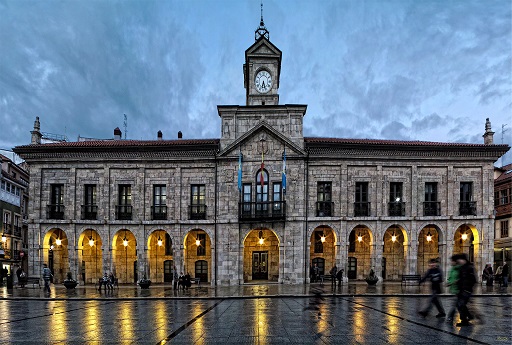
Spain Square
Spain Square, located in the center, we find the Town Hall of Avilés from the end of the 17th century. The Ferrera Palace is also located in this square, which is currently the headquarters of the NH Hotel.
Also known as The Patch, is considered one of the 20 most charming squares in Spain which makes a visit more than recommended and mandatory.
Address: Spain Square
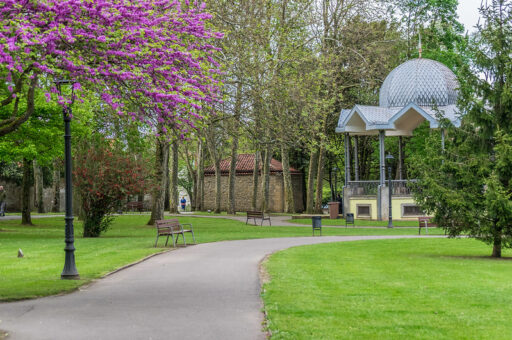
ferrera park
It is the central park of the city and it is located behind the Plaza de España. Over the years it has been the place of retirement for different marquises who lived in the Palacio de Ferrera. It has four entrance doors and also a passage built to join it with the Municipal House of Culture since the park houses the old Avilesina Newspaper Library.
On 1976 It was inaugurated as a public space by King Juan Carlos I. Characterized mostly with a British style, although it contains some other French influence.
Address: marquis street
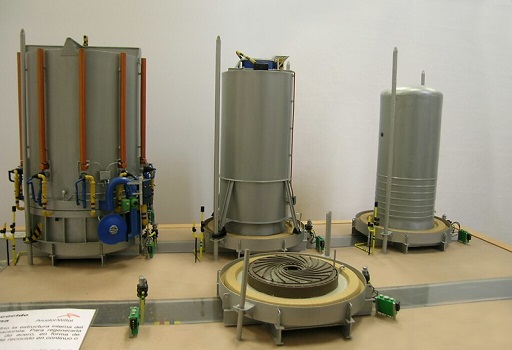
Avilés Urban History Museum
In it lives the deepest history of Avilés, from its origins as the first Cantabrian town to its recent industrial past. It must be remembered that the city is the oldest in the region.
Inside we find several floors with audiovisual media that makes us better understand the identity of the city..
Address: la ferrería street
Schedule: mars to saturday from 11:00 a 13:30 and of 16:00 a 20:00, Sunday of 11:00 a 13:30
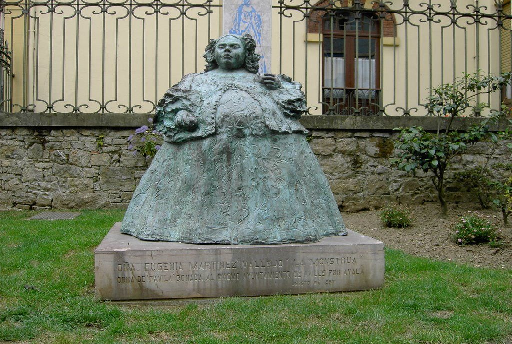
the monstrous
It was the name by which Eugenia Martínez Vallejo was known. Born with a congenital disease that affected her metabolism, producing obesity. The monarch Carlos II included her in the so-called "pleasure people" to act as a kind of jester and amuse the court.
The Avilesino painter Juan Carreño Miranda portrayed him in two works, The Clothed Monster and The Naked Monster, as a parallel to Goya's majas.
Address: sabugo neighborhood

Church of Saint Thomas of Canterbury
Known as the New Church of Sabugo and confused with the church of the old quarter of Sabugo. Before its construction in 1903 was the Convent of La Merced and, during the Confiscation of Mendizábal in 1836, was used as a school, weaving factory and asylum, being demolished in 1895.
If style is neo-Gothic and medievalist. The plan is in the shape of a Latin cross and its interior consists of three naves, the central one being much higher.. The three naves are covered with ribbed vaults..
Address: merced square
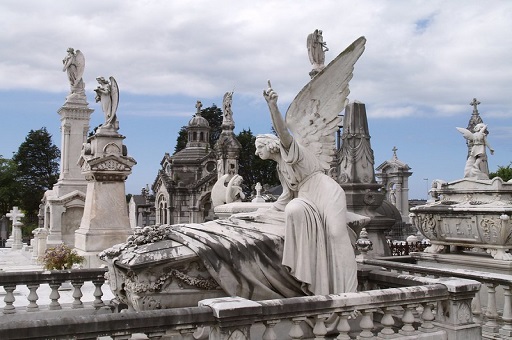
Carriona Cemetery
One of the most characteristic places in the city and which is part of the ASCE (Association of Significant Cementeries in Europe), the European network of cemeteries with historical and artistic interest.
At the entrance there is a small interpretation center of the cemetery and it shows data of characters that are buried. Inside, there are sculptures of great beauty.. The statue of the angel from the tomb of the Marquise of San Juan de Nieva is the most emblematic sculpture of the Carriona cemetery.
Address: carriona street
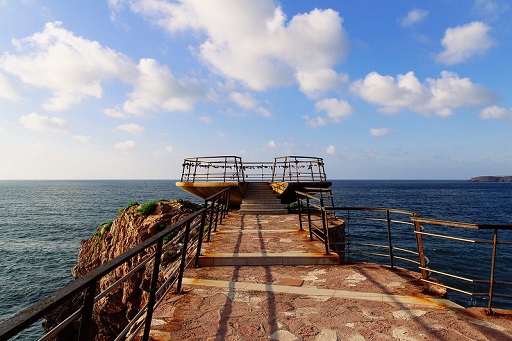
Anchor Museum
Although it does not belong to Avilés, its proximity means that it is included in the plans of the visit to the city. It is a monumental outdoor complex, specifically in a kind of viewpoint over the sea.
During the visit we can see a deck of sails and anchors from different historic ships that have been donated by different shipping companies., a bronze bust of Philippe Cousteau, a bridge that gives access to a cantilevered viewpoint over the sea and a large ceramic mural.
Address: The Anchors
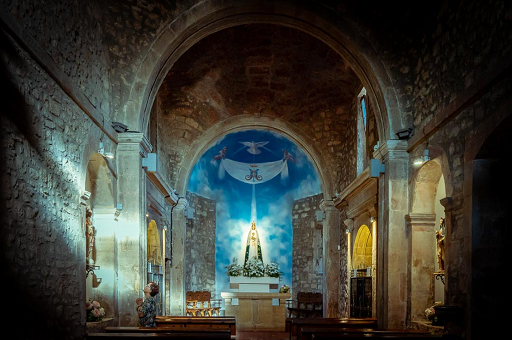
Hermitage Our Lady Virgin of Light
It is located on a hill near the town of Villalegre, in the Council of Avilés. Inside, the beauty of the hermitage stands out and on the outside the magnificent views of the estuary and the city..
The line 1 circular public transport takes you directly to the hermitage.
Address: Caserio the Light
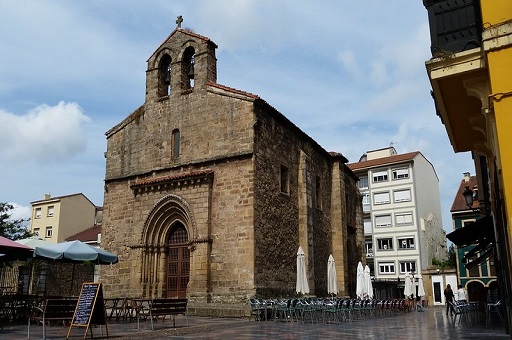
Sabugo Old Church
It is located in the Plaza del Carbayo, sabugo district, the old fishermen's quarter. It is characterized for being a small and old church, beginning in the 13th century and finished in the 14th.
Next to the church is the table of the dizzy, table where the fishermen met, bosses and the people who financed the fishing campaigns. Among the fishing plans they dealt with was the capture of whales, very abundant on the Cantabrian coast during those years. Pedro Menéndez came to this table to request financing from the fishermen's union to go to the Americas. He 5 y 6 of October a historical representation of such fact is celebrated in Avilés.
Address: Carbayo Square
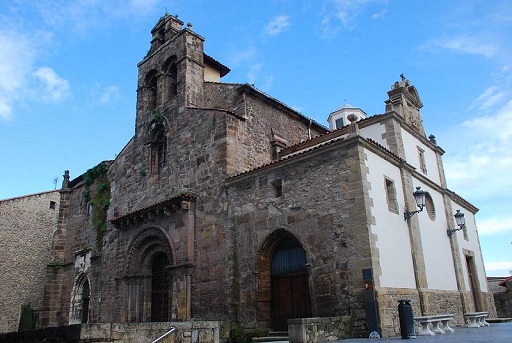
Church of St. Anthony of Padua
Known as the church of the Franciscan Fathers or the parish of San Nicolás de Bari. It was built in the 12th and 13th centuries and currently belongs to the Franciscan convent..
One of the curiosities of the church in the preservation of some primitive capitals such as the one that shows Adam and Eve in the scene of original sin or for being the place where the remains of Pedro Menéndez de Avilés are.
Address: Afolies Street